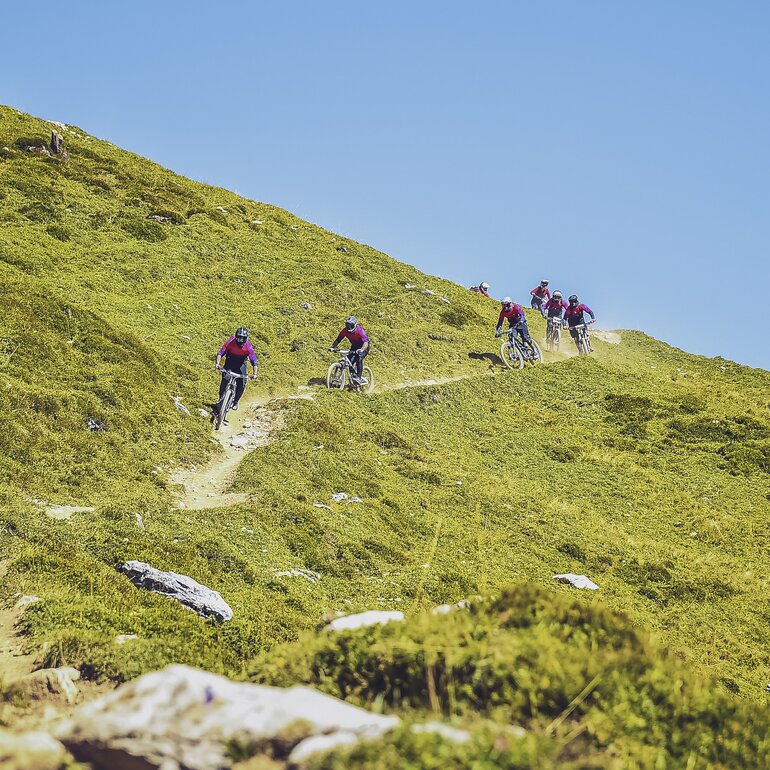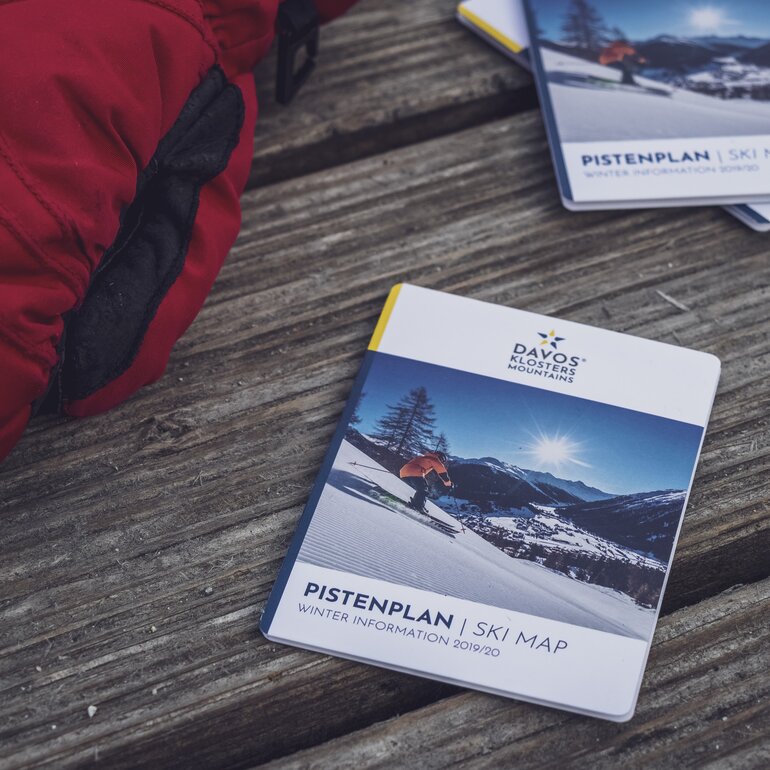THE HISTORY FROM THE BEGINNING UNTIL TODAY
Davos Klosters played an important role in the emergence and development of winter tourism and skiing in Switzerland and worldwide. In 1883, the German ski pioneer W. Paulke was the first to ski in Davos and presumably also in Switzerland. Ten years later, the first brave skiers ventured on the route from Davos over the Maienfeld Furka to Arosa. A year later, four English tourists set out on this ski tour, but got lost in the storm and ended up in Küblis in Prättigau instead of Arosa. This is how the first Parsenn downhill run, a milestone in skiing history at the time was born.
In the following years, ski pioneers made several first ascents in Switzerland, including the Weissfluh peak. Thus the Parsenn area became the birthplace of downhill skiing. The first downhill race took place here in 1913, and from 1924 onwards, the Parsenn Derby was one of the most important ski races in the Alpine region for a long time.







